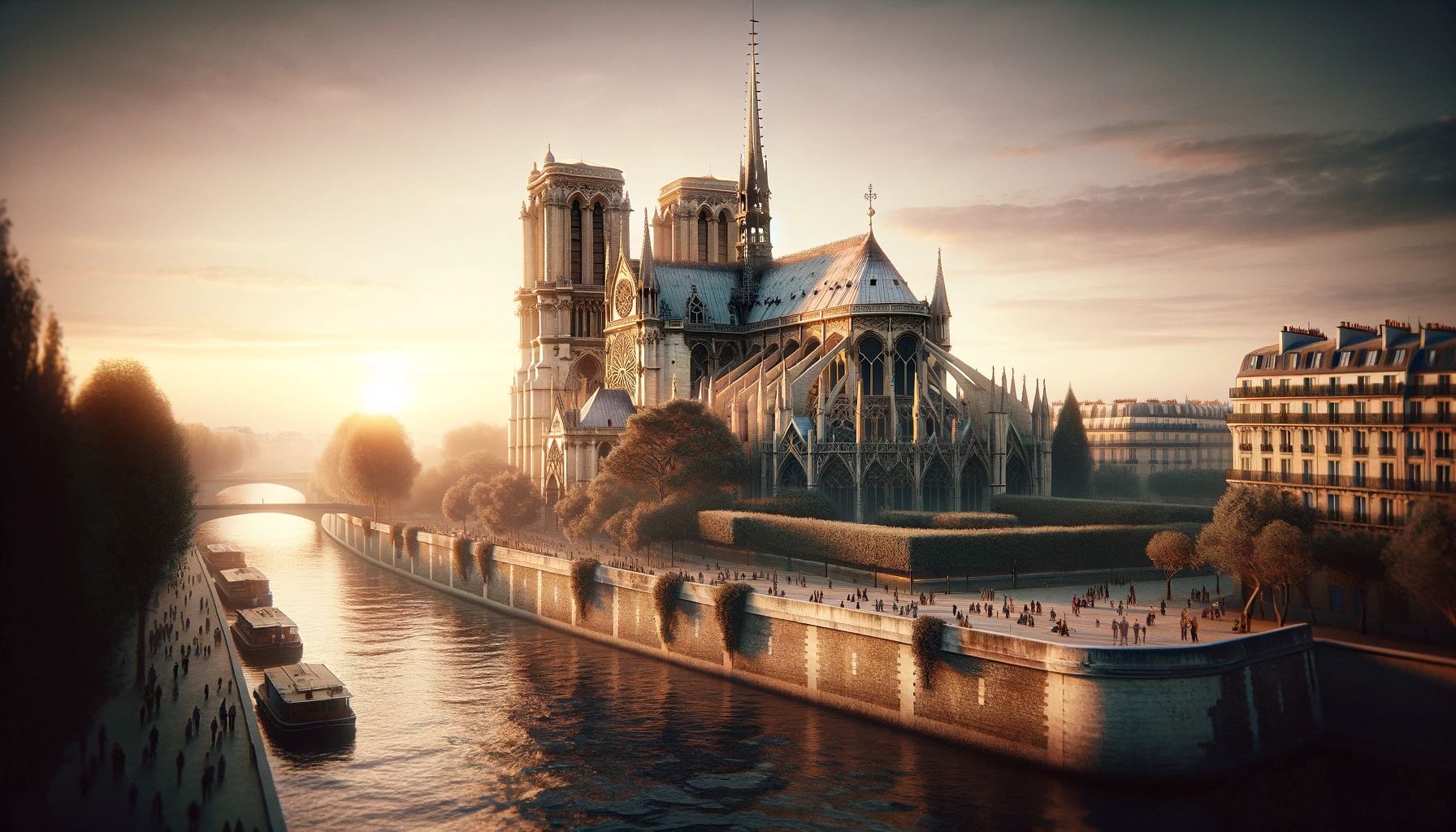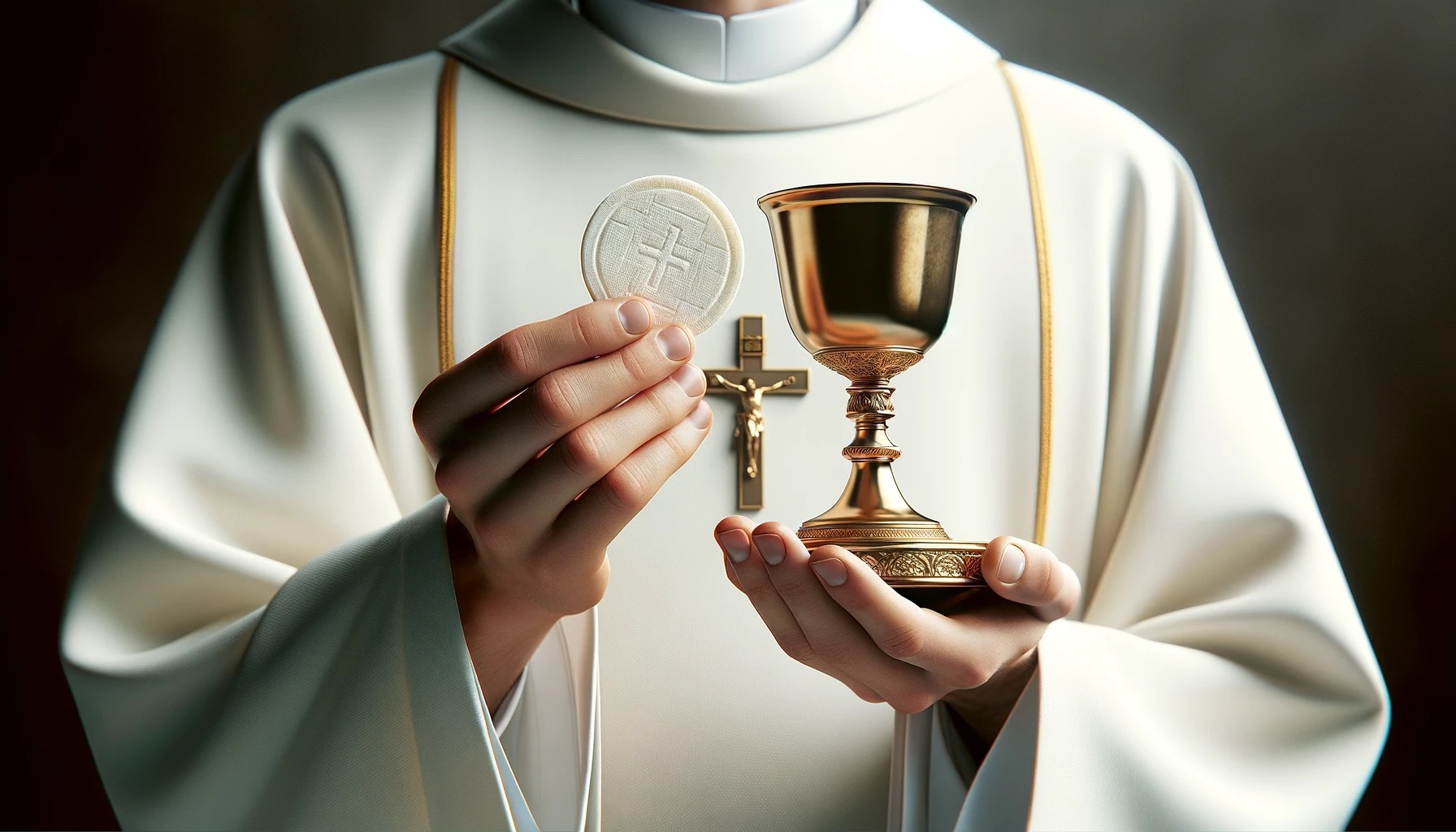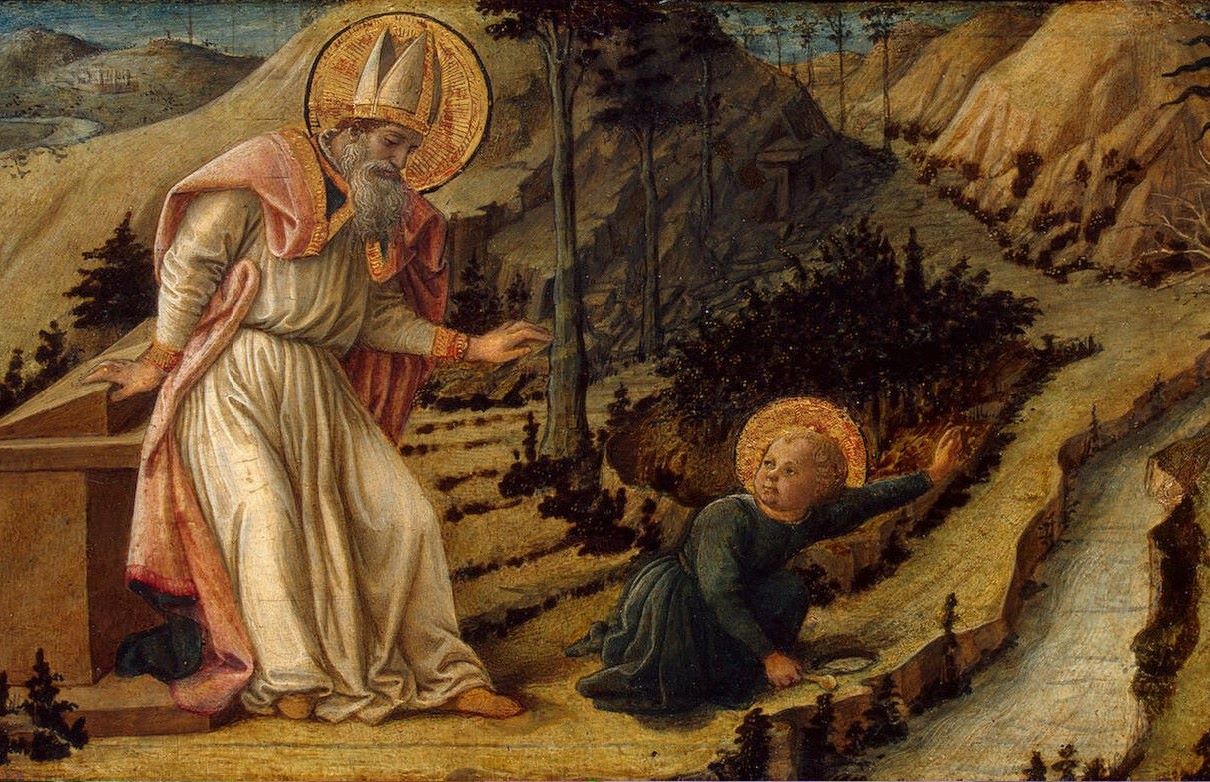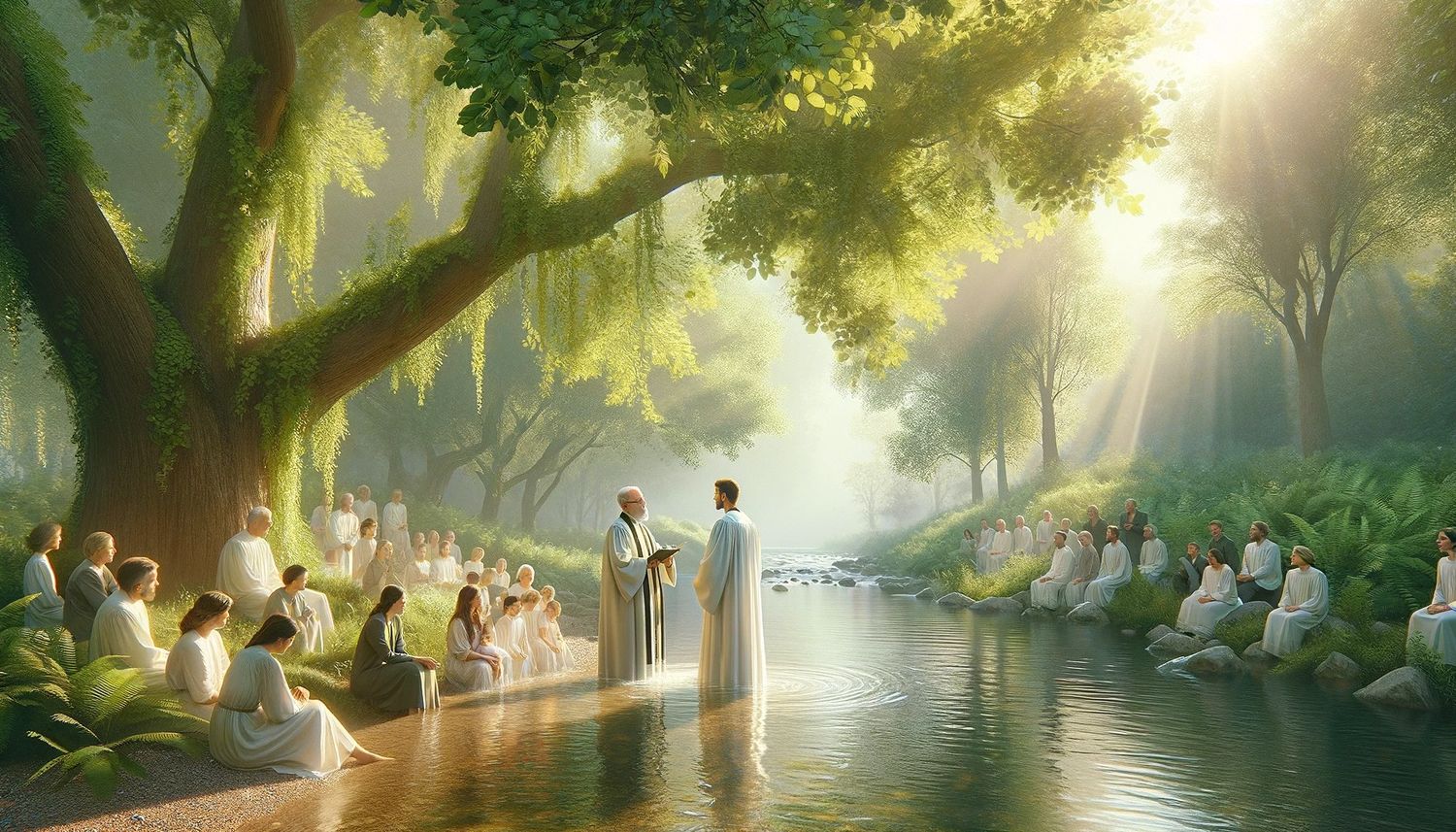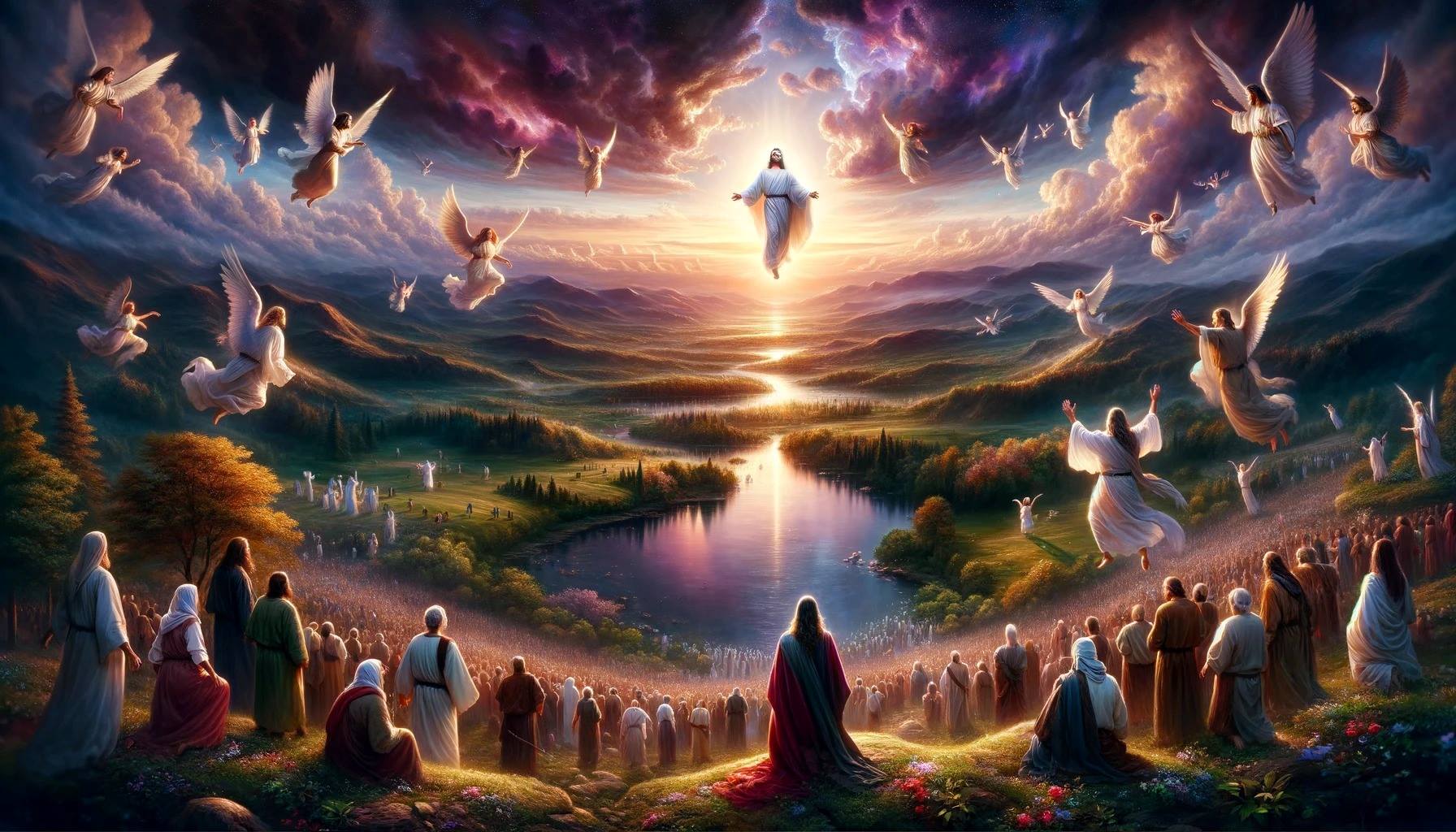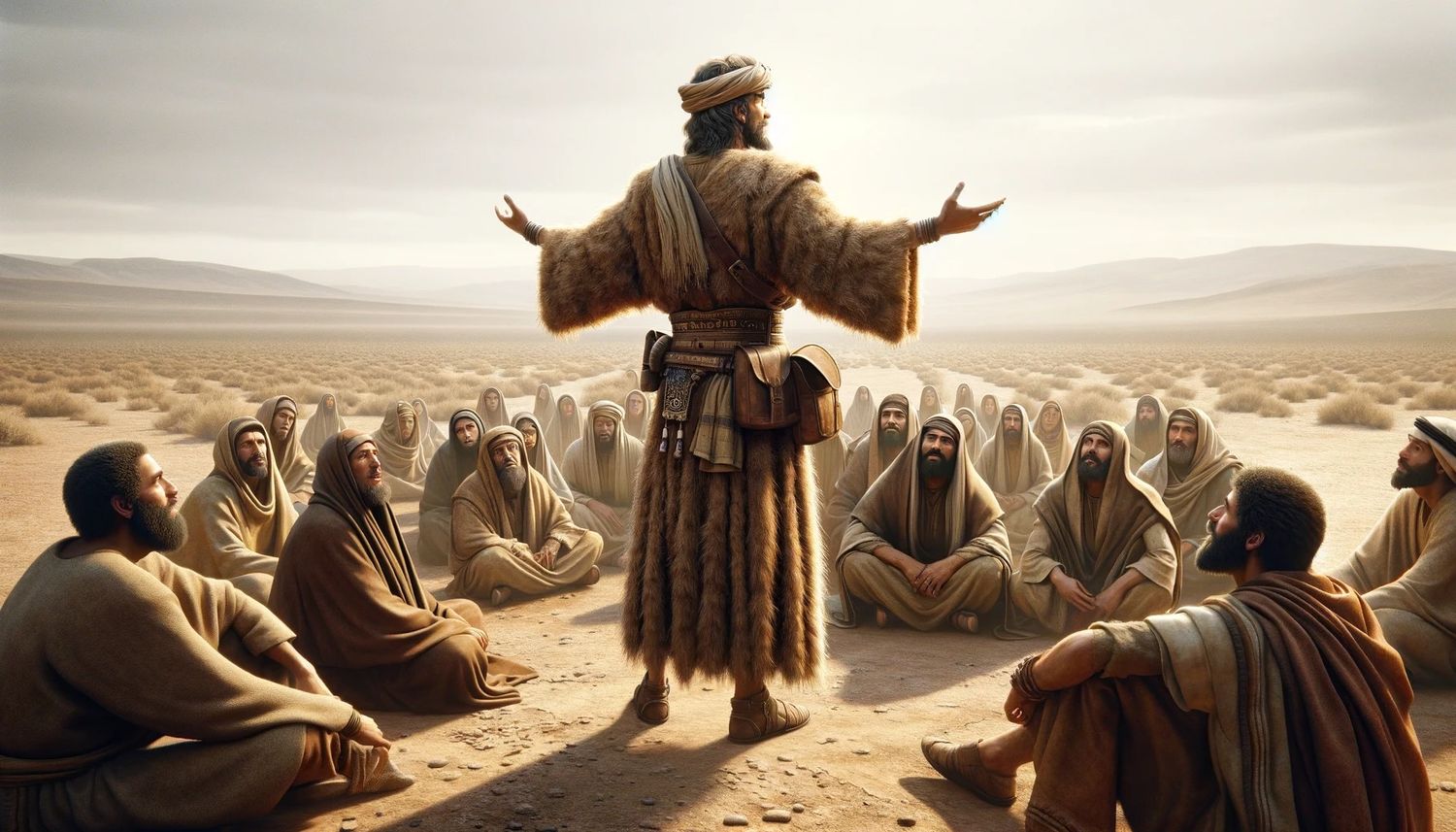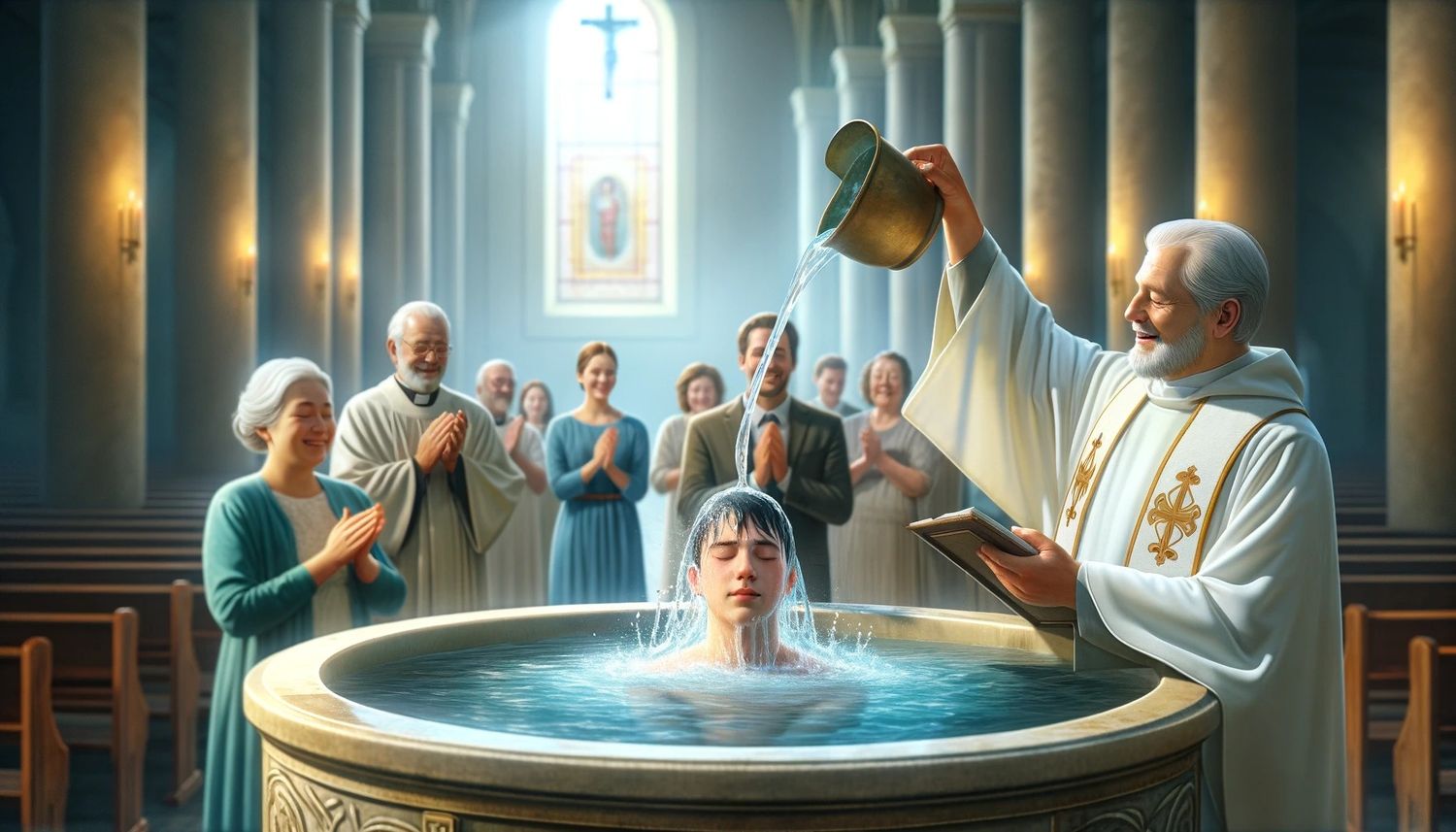Home>Arts and Culture>What Has Happened To Crystal Cathedral
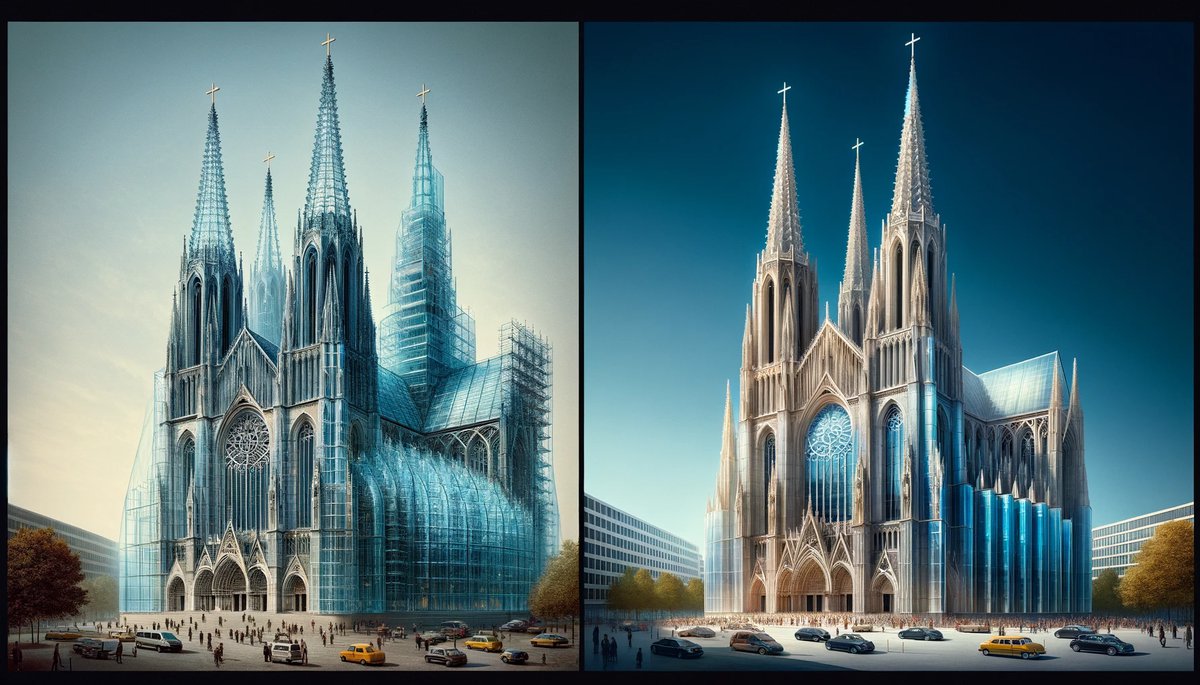

Arts and Culture
What Has Happened To Crystal Cathedral
Published: February 15, 2024
Peter Smith, Editorial Director at Christian.net, combines deep insights into faith, politics, and culture to lead content creation that resonates widely. Awarded for his contributions to religious discourse, he previously headed a major organization for religious communicators, enhancing dialogue on faith's societal impacts.
Discover the transformation of the iconic Crystal Cathedral and its impact on arts and culture. Explore the changes and the legacy of this historic landmark.
(Many of the links in this article redirect to a specific reviewed product. Your purchase of these products through affiliate links helps to generate commission for Christian.net, at no extra cost. Learn more)
Table of Contents
Introduction
The Crystal Cathedral, a renowned architectural marvel and a symbol of religious and cultural significance, has undergone a remarkable transformation in recent years. Once a beacon of prosperity and grandeur, the iconic structure has weathered financial storms, changing ownership, and a profound renaissance. This evolution has not only reshaped the physical landscape of the cathedral but has also left an indelible mark on the hearts and minds of its community and admirers worldwide.
The journey of the Crystal Cathedral is a testament to the ebb and flow of fortunes, the resilience of faith, and the enduring power of human determination. From its origins as a visionary project to its current incarnation as the Christ Cathedral, this architectural masterpiece has stood as a testament to the intersection of art, culture, and spirituality.
As we delve into the intricate tapestry of the Crystal Cathedral's history, financial challenges, and eventual transformation, we will uncover the profound impact of these events on the cathedral's community and the broader cultural landscape. This narrative will not only shed light on the physical and financial changes but also on the emotional and spiritual resonance that the cathedral holds for its devoted followers and the public at large.
Join us on this captivating journey through the annals of the Crystal Cathedral's evolution, as we unravel the compelling story of resilience, adaptation, and the enduring legacy of a cultural icon.
Read more: Who Owns Crystal Cathedral
History of Crystal Cathedral
The history of the Crystal Cathedral is a captivating saga that begins with the visionary aspirations of Reverend Robert H. Schuller. In the late 1950s, Schuller, a charismatic and forward-thinking preacher, envisioned a unique space that would transcend traditional church architecture and serve as a beacon of hope and inspiration. This vision culminated in the construction of the iconic Crystal Cathedral in Garden Grove, California.
Designed by renowned architect Philip Johnson, the Crystal Cathedral, completed in 1980, was a groundbreaking fusion of modernist aesthetics and spiritual symbolism. The cathedral's defining feature was its shimmering, reflective exterior composed of over 10,000 panes of glass, which earned it the moniker "Crystal Cathedral." This architectural marvel stood as a testament to the harmonious convergence of art, faith, and innovation.
The cathedral's interior was equally awe-inspiring, with its soaring glass walls, open layout, and state-of-the-art acoustics, creating a space that seamlessly blended the ethereal and the earthly. The Crystal Cathedral quickly gained international acclaim, attracting visitors from far and wide who were drawn to its transcendent beauty and the uplifting messages espoused by Reverend Schuller.
Under Schuller's leadership, the Crystal Cathedral became a hub of religious fervor, cultural significance, and artistic expression. Its renowned "Hour of Power" television program reached millions of viewers, further solidifying the cathedral's influence and reach.
The history of the Crystal Cathedral is a testament to the power of human ingenuity, faith, and creativity. It stands as a testament to the enduring legacy of Reverend Schuller's vision and the remarkable fusion of art, architecture, and spirituality that continues to captivate and inspire visitors to this day.
Financial Troubles
The Crystal Cathedral, despite its soaring architectural magnificence and spiritual significance, found itself ensnared in a web of financial challenges that threatened its existence. The seeds of these troubles were sown in the wake of the 2008 global financial crisis, which cast a long shadow over the cathedral's financial stability. The economic downturn dealt a severe blow to the Crystal Cathedral's finances, leading to a cascade of repercussions that reverberated throughout its operations.
The cathedral, once a symbol of opulence and prosperity, faced mounting debts and dwindling donations, exacerbating its financial woes. The lavish lifestyle of its leadership, coupled with ambitious expansion projects, strained the cathedral's resources, plunging it into a precarious financial predicament. As the debts mounted, the once unassailable institution found itself teetering on the brink of insolvency, casting a pall over its future.
Amidst these dire circumstances, the Crystal Cathedral was forced to file for bankruptcy in 2010, marking a pivotal and distressing chapter in its storied history. The announcement sent shockwaves through its community and beyond, underscoring the profound impact of the financial turmoil on the cathedral's legacy and the faithful who revered it.
The repercussions of the financial troubles were far-reaching, affecting not only the cathedral's operational capacity but also its standing as a cultural and spiritual landmark. The ensuing legal battles and public scrutiny further tarnished the cathedral's once-unblemished reputation, casting a shadow over its future prospects.
The financial troubles that beset the Crystal Cathedral served as a sobering reminder of the vulnerability of even the most revered institutions in the face of economic upheaval. However, amidst the turmoil, a glimmer of hope emerged, paving the way for a remarkable turnaround that would redefine the cathedral's trajectory and breathe new life into its hallowed halls.
Sale to Roman Catholic Diocese
Amidst the tumultuous financial upheaval that gripped the Crystal Cathedral, a pivotal moment emerged that would irrevocably alter its trajectory. In a surprising turn of events, the Roman Catholic Diocese of Orange stepped forward as a prospective buyer, signaling a profound shift in the cathedral's ownership and future. The prospect of the Crystal Cathedral, a bastion of Protestantism, being acquired by the Catholic Church sent ripples of astonishment and apprehension through its community and the broader religious landscape.
After a protracted and emotionally charged legal battle, the Roman Catholic Diocese of Orange emerged as the winning bidder for the Crystal Cathedral's campus in 2011. The sale, valued at over $57 million, marked a watershed moment in the cathedral's history, heralding a new chapter under the stewardship of a different religious denomination.
The sale to the Roman Catholic Diocese of Orange was met with a spectrum of reactions, ranging from fervent support to deep-seated unease. For the faithful who had long revered the Crystal Cathedral as a bastion of Protestant worship, the prospect of its transformation into a Catholic place of worship evoked a profound sense of loss and dislocation. The sale underscored the cathedral's shifting identity and the complex interplay of religious, cultural, and emotional attachments that defined its significance.
The sale to the Roman Catholic Diocese of Orange not only reshaped the cathedral's ownership but also set in motion a series of transformative renovations and adaptations. The diocese embarked on an ambitious endeavor to refurbish and repurpose the cathedral, infusing it with Catholic iconography and design elements while preserving its architectural grandeur. This meticulous process of renovation and rebranding laid the groundwork for the cathedral's reemergence as the Christ Cathedral, signifying a profound metamorphosis that resonated far beyond its physical confines.
The sale to the Roman Catholic Diocese of Orange stands as a pivotal juncture in the Crystal Cathedral's narrative, underscoring the intricate interplay of faith, tradition, and institutional evolution. It represents a testament to the cathedral's enduring legacy and its capacity to adapt and thrive in the face of profound change. The sale, while evoking a sense of nostalgia and apprehension, also heralded a new era for the cathedral, one defined by resilience, transformation, and the enduring spirit of faith.
The sale to the Roman Catholic Diocese of Orange, while emblematic of the cathedral's shifting fortunes, also served as a catalyst for a profound renaissance that would redefine its cultural and spiritual significance for generations to come.
Renovation and Reopening as Christ Cathedral
The transition of the Crystal Cathedral to the Christ Cathedral marked a transformative chapter in its storied history. The ambitious renovation and rebranding efforts undertaken by the Roman Catholic Diocese of Orange breathed new life into the iconic structure, infusing it with a renewed sense of purpose and spiritual resonance.
The renovation process was a meticulous and reverent endeavor, guided by a dual commitment to preserving the cathedral's architectural splendor while imbuing it with distinctively Catholic elements. The interior underwent a comprehensive revitalization, with the installation of exquisite sacred art, statuary, and ornate furnishings that reflected the rich traditions of Catholic worship. The meticulous attention to detail extended to the exterior, where the iconic glass facade was meticulously restored, ensuring that the cathedral's ethereal luminosity remained undimmed.
The rechristening of the cathedral as the Christ Cathedral symbolized a profound rebirth, signifying its evolution into a sacred space that transcended denominational boundaries. The grand reopening of the Christ Cathedral in 2019 was a momentous occasion that drew dignitaries, religious leaders, and the faithful from across the globe. The ceremony, steeped in solemnity and celebration, marked the culmination of years of painstaking restoration and signaled the cathedral's reemergence as a beacon of spiritual devotion and cultural significance.
The Christ Cathedral's transformation resonated far beyond its religious significance, encapsulating a broader narrative of resilience, adaptation, and the enduring power of human creativity. The cathedral's rebirth as a symbol of unity and inclusivity underscored its capacity to transcend doctrinal differences and embrace a diverse tapestry of spiritual expression.
The reopening of the Christ Cathedral heralded a new era, one defined by a spirit of renewal and a commitment to fostering harmony and understanding. Its hallowed halls, suffused with the interplay of light and faith, beckoned visitors to partake in a transcendent experience that transcended the confines of religious affiliation.
The renovation and reopening of the Christ Cathedral stand as a testament to the enduring legacy of the Crystal Cathedral and its capacity to evolve, inspire, and unite. It embodies a profound narrative of transformation, resilience, and the timeless pursuit of spiritual enlightenment, ensuring that the cathedral's legacy continues to illuminate the hearts and minds of generations to come.
Read more: Who Founded The Crystal Cathedral
Impact on the Community
The transformation of the Crystal Cathedral into the Christ Cathedral reverberated deeply within its community, eliciting a spectrum of emotions and engendering a profound reevaluation of its cultural and spiritual significance. The cathedral, once a bastion of Protestant worship and a symbol of Reverend Robert H. Schuller's visionary legacy, underwent a metamorphosis that left an indelible imprint on its devoted community and the broader cultural landscape.
The sale of the Crystal Cathedral to the Roman Catholic Diocese of Orange and its subsequent rebranding as the Christ Cathedral sparked a complex tapestry of reactions within its community. For many faithful followers who had long revered the cathedral as a beacon of Protestant worship, the transition evoked a sense of nostalgia, loss, and apprehension. The shift in ownership and the infusion of Catholic symbolism prompted a profound reevaluation of the cathedral's identity and its enduring significance in the hearts and minds of its community.
Amidst these sentiments, the reopening of the Christ Cathedral as a symbol of unity and inclusivity resonated deeply within its community. The cathedral's hallowed halls, suffused with the interplay of light and faith, beckoned visitors to partake in a transcendent experience that transcended the confines of religious affiliation. The grand reopening ceremony, marked by solemnity and celebration, served as a unifying force, drawing together individuals from diverse backgrounds and beliefs in a shared moment of reverence and awe.
The impact of the Christ Cathedral's transformation extended beyond its religious dimensions, permeating the broader cultural fabric of the community. The cathedral's renaissance as a space of spiritual devotion and artistic grandeur rekindled a sense of pride and reverence among its admirers, fostering a renewed appreciation for its enduring legacy. The meticulous restoration of the cathedral's architectural splendor and the infusion of Catholic iconography served as a testament to the power of cultural preservation and adaptation, resonating with art enthusiasts and historians alike.
The Christ Cathedral's evolution into a symbol of unity and inclusivity underscored its capacity to transcend doctrinal differences and embrace a diverse tapestry of spiritual expression. Its profound impact on the community encapsulated a narrative of resilience, adaptation, and the enduring power of human creativity, ensuring that the cathedral's legacy continues to illuminate the hearts and minds of generations to come.
Conclusion
The remarkable journey of the Crystal Cathedral, from its visionary inception to its transformative evolution into the Christ Cathedral, encapsulates a profound narrative of resilience, adaptation, and the enduring power of human creativity. The cathedral's history, marked by architectural splendor, financial turmoil, and a profound renaissance, stands as a testament to the intersection of art, culture, and spirituality.
The sale of the Crystal Cathedral to the Roman Catholic Diocese of Orange and its subsequent rebranding as the Christ Cathedral heralded a new chapter in its storied legacy. This pivotal transition, while evoking a spectrum of emotions within its community, underscored the cathedral's capacity to transcend doctrinal differences and embrace a diverse tapestry of spiritual expression. The grand reopening of the Christ Cathedral as a symbol of unity and inclusivity resonated deeply within its community, fostering a renewed appreciation for its enduring legacy.
The impact of the Christ Cathedral's transformation extended beyond its religious dimensions, permeating the broader cultural fabric of the community. The cathedral's renaissance as a space of spiritual devotion and artistic grandeur rekindled a sense of pride and reverence among its admirers, serving as a testament to the power of cultural preservation and adaptation. The meticulous restoration of the cathedral's architectural splendor and the infusion of Catholic iconography resonated with art enthusiasts and historians alike, underscoring the cathedral's enduring significance as a cultural landmark.
The journey of the Crystal Cathedral, culminating in its metamorphosis into the Christ Cathedral, serves as a poignant reminder of the enduring capacity of human creativity, faith, and determination. Its narrative embodies the timeless pursuit of spiritual enlightenment and the unyielding resilience of cultural icons in the face of profound change. The Christ Cathedral stands as a testament to the enduring legacy of the Crystal Cathedral and its capacity to evolve, inspire, and unite, ensuring that its hallowed halls continue to illuminate the hearts and minds of generations to come.
